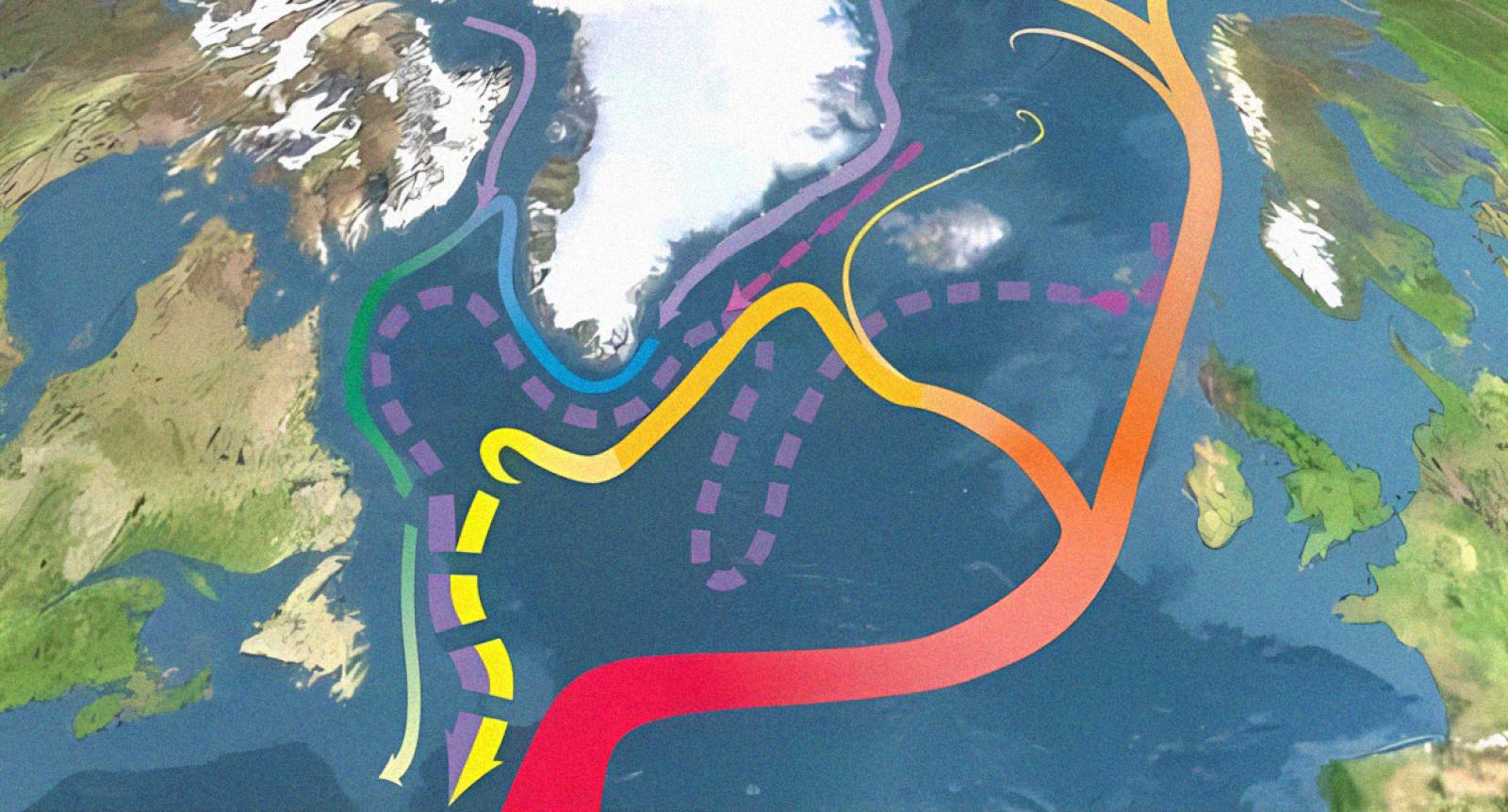We wish to highlight the stark contrast between the hardship in Italy’s publicly funded research community (see G. Parisi Nature 530, 33; 2016) and the reportedly largely unused sums of money allocated to a single research institute over the past 12 years. After 3 years without any financial provision for bottom-up research, Italy’s government is providing €31 million (US$36 million) a year for the next 3 years to cover research in the humanities as well as science. Of this year’s 4,431 grant applications for this modest sum, just 300–500 will be successful. By contrast, the government plans to inject €150 million a year for the next 10 years into the Human Technopole project, which will focus on genomics, big data, ageing and nutrition.
The recipient is the Italian Institute of Technology in Genoa, which is self-governing and so not publicly accountable — despite the large sums of public money involved. A recent report indicates that half of the institute’s funds remained unspent in 2010–14 (see go.nature.com/ vouywf; in Italian). The government should establish an adequately funded agency that has transparent jurisdiction over the funding and execution of research. The agency would also monitor the progress of the Human Technopole and oversee its accountability. (See also go.nature.com/hgfplj.)
Ernesto Carafoli* Venetian Institute of Molecular Medicine, Padua, Italy. Cesare Montecucco* University of Padua, Italy. [email protected] *Supported by 13 signatories (see go.nature.com/3xxovu for full list).
Lettera pubblicata su Nature 11 maggio 2016

